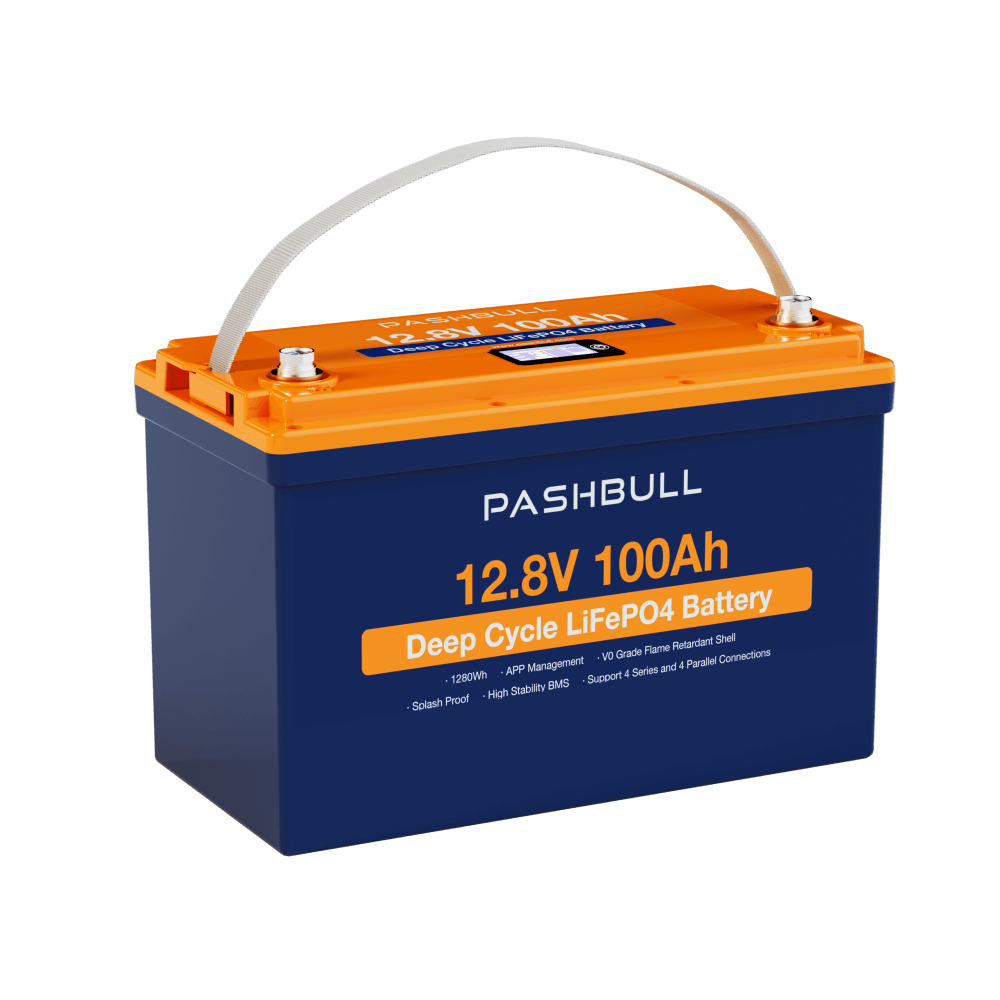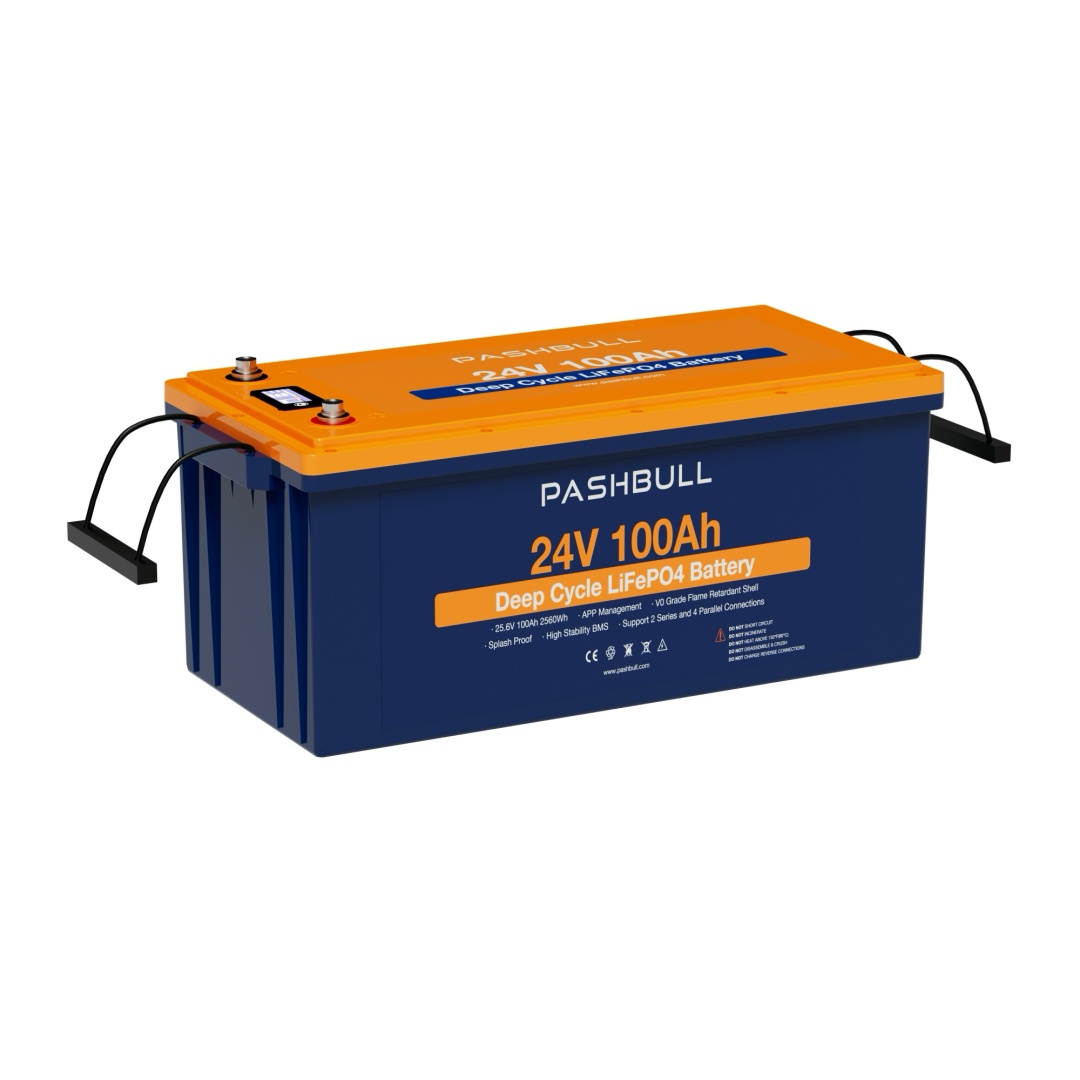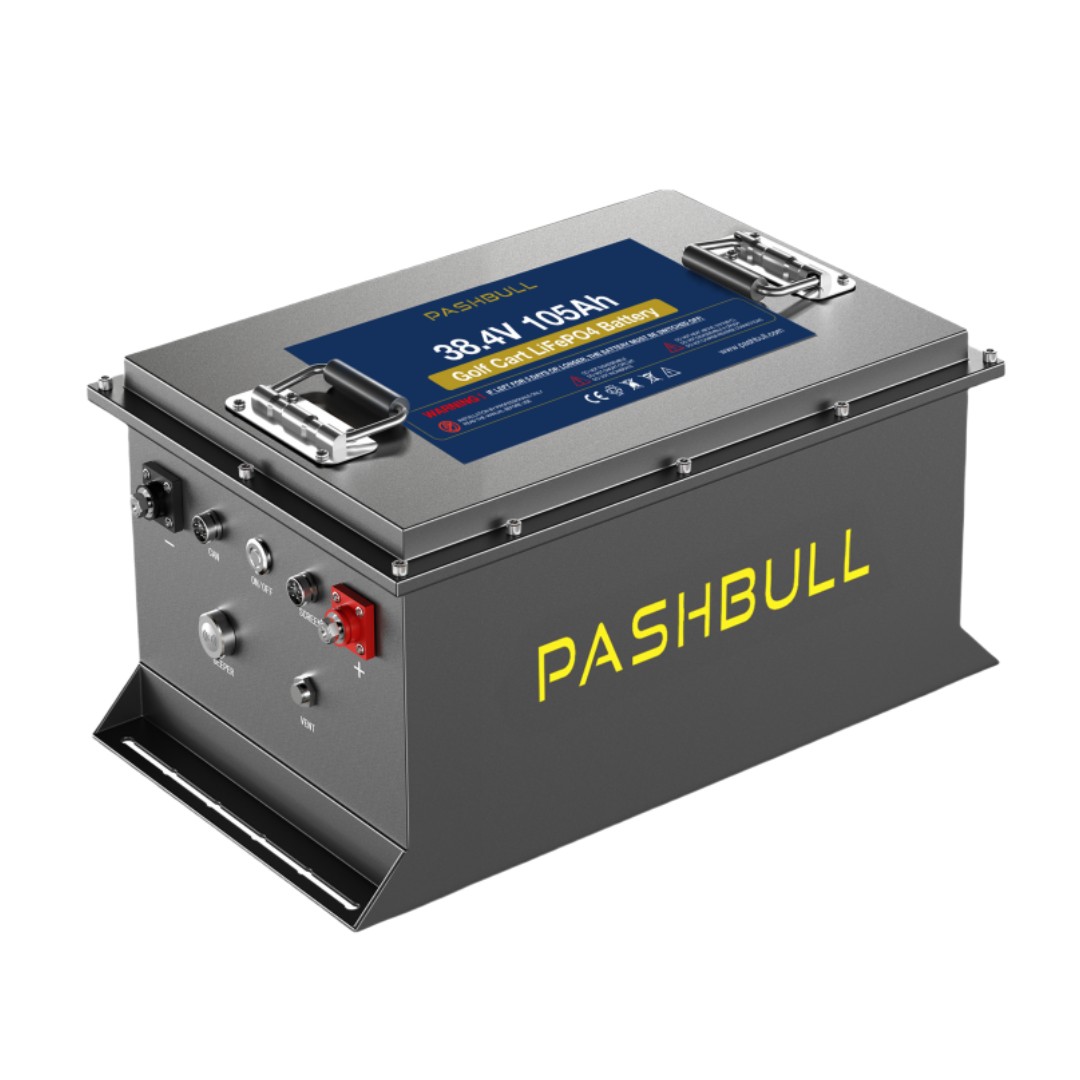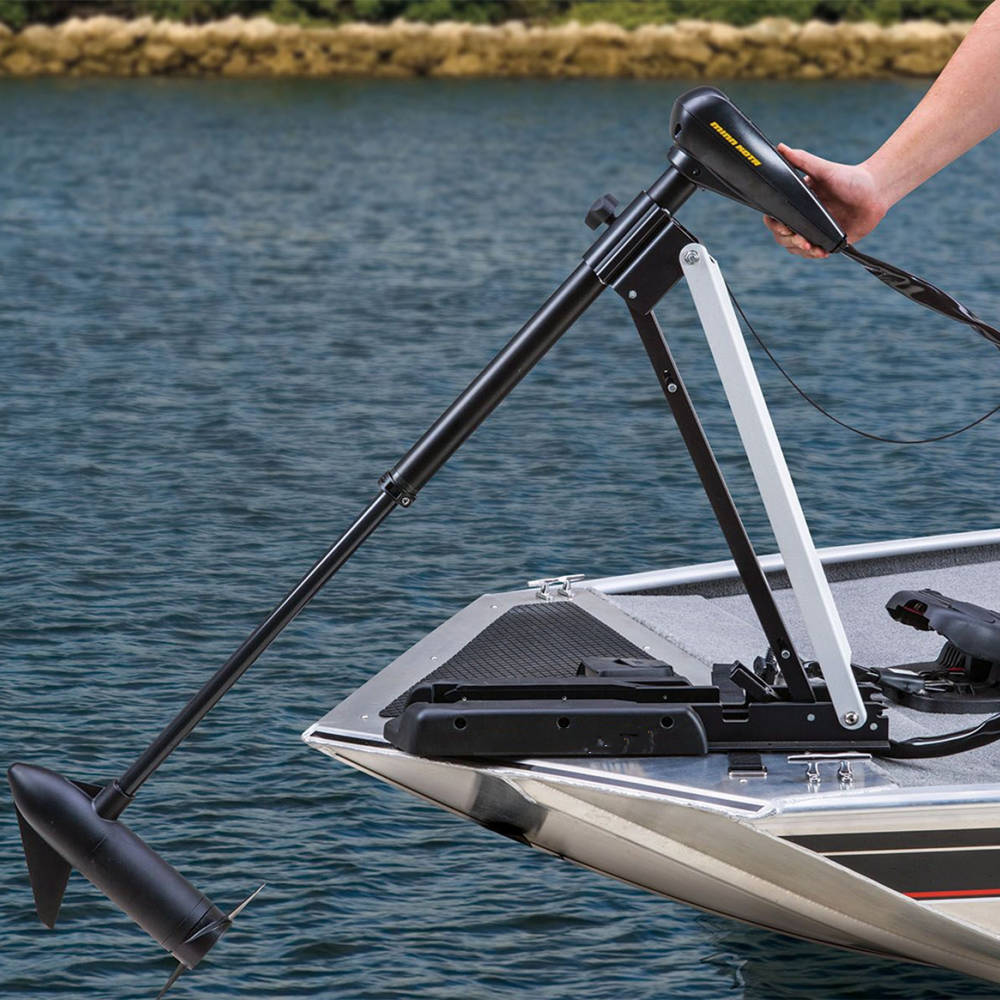
What Battery Is Right for Trolling Motor?
– The answer is deep cycle lithium ion battery.
– Deep cycle batteries are designed to be regularly discharged and recharged, making them ideal for trolling motors.
– Lithium ion batteries are the newest type of deep cycle battery on the market and offer a number of advantages over older lead acid batteries.
– For one, lithium ion batteries are much lighter, making them easier to transport and install.
– They also have a higher energy density, meaning that they can store more power in a smaller space.
– In addition, lithium ion batteries have very low self-discharge rates, so they can be left unused for long periods of time without losing their charge.
– As a result, lithium ion deep cycle batteries are an excellent choice for trolling motors.




